The Colt 1911 pistol has been around for well over 100 years. Tried and true as many see it and the gun that holds the longest standing military and law enforcement service in the US.

Why 1911?
The gun was designed by John Moses Browning around the requirements of the US Army to replace the lacking power of the .38 revolver. Browning, who worked for Colt, had already designed a semi-auto pistol in .38 ACP. After hearing about the Army's idea of a new handgun John took his pistol design and redesigned it to fit the .45 cartridge.
The Testing
In March of 1911, the Army began its torture tests for the best handgun. Only 2 pistols had made it this far, Browning and Savage.

The torture test consisted of this:
- Fired consecutively 100 times
- Pistol cleaned and oiled only after 1000 rounds
- After 6000 rounds pistol was to be tested with sub-par cartridges to include projectiles to be seated too deep or not seated enough
- Tested pistols were soaked in water, mud, and chemicals
John Browning was so determined to pass the military testing that he himself went to Colt's manufacturing facility in Hartford Connecticut and made sure that all components used in the testing models were of the highest manufacturing standards.
The Browning designed-Colt produced gun passed every test with flying colors. It was the first of any firearm to pass the rigorous 6000 round test! The fact that disassembly was fairly simple and quick was another plus in the mix. The gun was adopted by the Army after this, hence the name 1911.

This is what the report of the evaluation committee stated on March 20th of 1911:
"Of the two pistols, the board was of the opinion that the Colt is superior because it is more reliable, more enduring, more easily disassembled when there are broken parts to be replaced, and more accurate."

Combat
The 1911 saw its first combat test in Mexico in 1916. Pancho Villa was creating havoc north of the borders of Mexico in New Mexico. President Woodrow Wilson ordered General John J. "Black Jack" Pershing and nearly 5000 US troops to capture Villa. Though their efforts fell short, the newly adopted 1911 served well by their side.
One year later it saw WWI. With its trench warfare and close quarter combat, the 1911 semi-automatic handgun saw much action and quickly became a favorite with American Servicemen.
The US saw its entry to WWII after the Japanese bombed Pearl Harbor in 1941. With over 16 million Americans involved in the conflict, the 1911's total military production reached almost 3 million handguns.
Model 1911 A1
In 1924, after WWI the Colt 1911 saw many refinements. These refinements lead to the Model 1911 A1.

Sights: Both front and rear sights were changed by making them a bit thicker. This allowed the shooter to get a quicker sight alignment, especially under stress.
Trigger: The triggers overall length from front to back was shortened. This made the single action1911 more versatile in different size hands. The front face for the trigger was also checkered for a better grip on the trigger finger.
Relief Cuts: Crescent-shaped cuts on the back end of the trigger guard were added to the gun. This again made the gun more user-friendly by allowing small handed soldiers to reach the trigger without compromising grip.

Mainspring Housing: The mainspring housing was arched and checkered for a better overall grip. This brought better ergonomics to the Colt 1911 model.
The civilian market saw the Colt 1911 Government Model which encompassed the same features as the Colt 1911A1
Adaptation
Soon after the 1911 firearm was adopted by many Law Enforcement Agencies. The gun had already a proven track record which made it easy to get snatched up by well-known agencies like the Texas Rangers, Prohibition Service, Border Patrol Officers, and The Federal Bureau of Investigations.
Series 70
The next noticeable change in the Colt 1911 was the Series 70 which came in the 1970s (hence the name). The difference was the collet bushing which helped keep the barrel centered by using the 4 fingered bushing design instead of the barrel bushing used in the prior 1911 models. There was an issue that arose with the 4 finger collet busing. Some of the fingers that kept the barrel very accurate would break. This obviously wasn't very good. Though this issue was not something that happened too often, it was still at hand.

Series 80
In 1983 Colt released the Series 80 1911. This too was named after the decade it was released. The biggest difference in the Series 80 was the addition of a firing pin safety. This safety is actuated by the trigger itself making the gun "safer". Some have not been too keen on this addition to the Colt pistol. They say that the firing pin safety is not needed and lacks the crisp trigger that the Colt 1911 is well known for. This makes the Series 70 a more sought after handgun to the firearm enthusiast.

Many don't feel a huge difference on the trigger and are content with the added safety on the Series 80. Sound fundamentals in trigger pull and good training will allow you to shoot well with either trigger. A good gunsmith or custom shop can take the Series 80 trigger and modify it to be crisper, shorter, and more responsive.

Different Notable Models
Colt Commander: The Colt 1911 has seen many different models throughout the years. One of the first was the Colt Commander which was originally introduced in 1949. It had a barrel length of 4.25" with the frame made out of aluminum. It also incorporated a rounded hammer. This was mainly due to the military's answer to a more lightweight 1911. Eventually, the Commander's frame was done in steel and was named the Colt "Combat Commander". This dubbed the aluminum framed Commander the "Lightweight Commander"

Colt Officer's ACP: This 3.5" barrel 1911 model was introduced in the mid-1980s. Colt felt they needed to compete in the concealed carry market. The full size 5" 1911 seemed way to big for concealment. Even their Commander model didn't really cut it with concealed carriers because of its full-size gun grip. The Officer's model shaved down 1 1/2 inches from the original 1911A1 and shortened the grip length for better concealment. The shorter grip did make the magazines smaller with only 6 rounds of capacity compared to the original 7 rounds.

Colt Defender: This little subcompact made its way to the public in 2000 with a 6 round flush magazine, rubber wraparound grips and Novak Carry dot sights. It was designed around the concealment mindset with its stainless steel frame and overall lightweight and small handgrip. Though it kicks like a mule due to its small size and lightweight, many people bank on the concealability factor.

Colt Gold Cup: This gun came from the tweaking of military personnel who were looking for a more accurate 1911 handgun. In 1957 Colt came out with the "Gold Cup National Match". This included hand fitted internals making the barrel and slide with very tight tolerances. This allowed for a very accurate handgun. The adjustable rear sights, widened grooved trigger, adjustable trigger stop, and forward slide serrations also made it highly sought after in competitive shooting and one of the most accurate handguns straight out of the box to this day.

The New Rail Gun
Based on the Close Quarter Battle Pistol (CQBP), which we will get to in a minute, the Colt Rail Gun has a rail on the dust cover plate to accept most weapon mounted lights and lasers. It includes many sought after features.
The trigger is aluminum with 3 holes for eliminating weight and a front face serration for a better grip on your trigger finger. You may think, "how much weight is being saved here?" I hear you but every ounce counts, I guess.

Like the Gold Cup, the slide has the forward serrations on the rear with added front forward serrations as well. The National Match barrel is included to add accuracy to the gun. Ambidextrous thumb safety allows for left-handed shooters to run the gun without having to change the natural hand mechanics of the original design.
The Novak Low Mount Carry sights with three white dots are standard with the checkered hand grips and the serrated mainspring housing. No checkering on the front strap though. The hammer is skeletonized and the beavertail grip safety is highly pronounced and will keep your hand safe from the all too infamous "slide bite"
The Colt’s M45A1 CQBP was designed to serve the Marine Corps but can also be bought by civilians. There are 2 versions of this gun. The pricey CCS or Colt Custom Shop which will set you back a couple of thousands of dollars. This is due to the hand fitted, meticulously built firearm.

The other version is the exact same one that is issued to the military. It actually rolls off the same production line. This one will set you back about $1600.00 and it comes in an Ion Bond Desert Sand color.
The initial U.S. Marine Corps contract, which was said to be worth 22.5 million dollars, bonded Colt to deliver 4,000 samples. It went on to include up to 12,000 more in the following years. In September of 2016, the U.S. Marine Corps announced that all 1911 type pistols would be replaced by the Glock 19. This must have included the new Colt M45A1 CQBP. Many wondered if Colt had the time to honor the contract. This is not clear and remains to be unknown.
Different Manufacturers
There have been so many manufacturers recently who have taken John M. Browning's design to the next level. From a scaled-down version to high-end versions worth thousands of dollars. Many of these manufacturers have added new and innovative designs to the 1911. This has left Colt playing "catch-up" in their designing. Companies like Springfield Armory with their TRP models, which I personally have and enjoy shooting, come standard with front strap checkering and mainspring housing checkering as well. Tritium sights and match grade barrel with skeletonized trigger and hammer. They also have a rail for weapon mounted lights and lasers.

Manufacturers like Sig Sauer with their Emperor Scorpion in their Flat Dark Earth PVD finish have been offering these colors before the CQB 45 came along. Other manufacturers include Kimber, Taurus, Ruger, Remington and custom shops like Wilson Combat, Nighthawk Customs, and Ed Brown.
Concealed Carry
Many people, to this day, run the 1911 as an everyday carry handgun. People really like the stopping power of the .45 ACP cartridge. The "one and done" round, as some call it. Another reason is the slim single stack design of the handgun. The slide width is around 0.90" and the grip is about 1.05" wide. The concealability factor is great when running a small sub-compact 1911 like the Defender. I myself have a 3" Kimber Ultra Carry that I can conceal in almost any type of situation whether it be clothing or a certain time of the year.
One major drawback of carrying a 1911 is the weight. The Colt 1911 5" weighs in at almost twice the weight of that of a Glock 17. It comes in at 40 oz. empty, compared to the Glock 17 that comes in at 22.5 oz. But who seriously considers a 5" 1911 or a Glock 17 for concealed carry?
Well then, let's talk about compact models. The 4.25" Colt "Lightweight Commander" 1911 weighs in at around 29 1/2 oz. Remember, this is the aluminum framed 1911 which was designed to be lighter than the "Combat Commander". Let's compare it to another polymer framed Glock gun, the Glock 19, which weighs in at right under 21 oz. As you can see, both comparisons aren't even close.
When it comes to weight, the winner is pretty much any gun other than a 1911, especially when you are comparing it to the very popular polymer framed pistols like Glocks, Sig P320's and the Smith & Wesson M&P.
America's Handgun
Regardless of your personal thoughts on the single action 1911, know that it is, to this day, regarded as the best .45 ACP semi-automatic handgun in the world. Is it reaching its end as far as dominating the handgun world for that past 100 years? Some people will argue that it is. Some say it's a "has-been" While many say it still has a lot left in the tank. One thing is for sure though, it has left its distinguishable mark in the industry and people will be talking about this gun until the end of days.

Rene Aguirre is the founder and owner of Bravo Concealment. Rene has been carrying concealed on a daily basis for over 8 years and has been a CHL (concealed handgun license) holder for more than 20 years. Finding a high interest in firearms for many years, Rene started Bravo because of the “lack of” a good concealed carry holster. He is the leader of the church security team at his church.

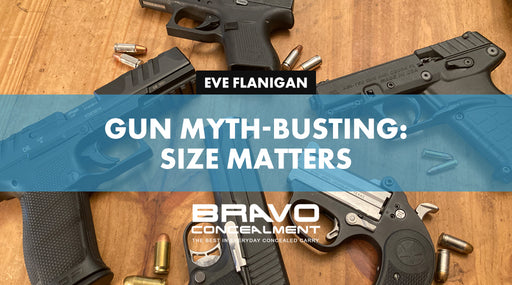
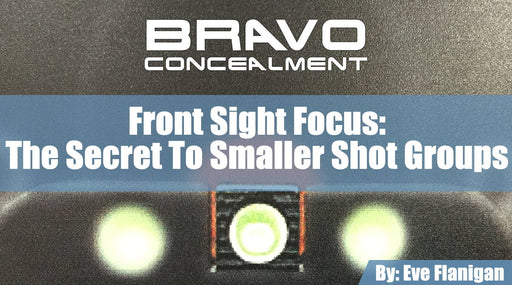

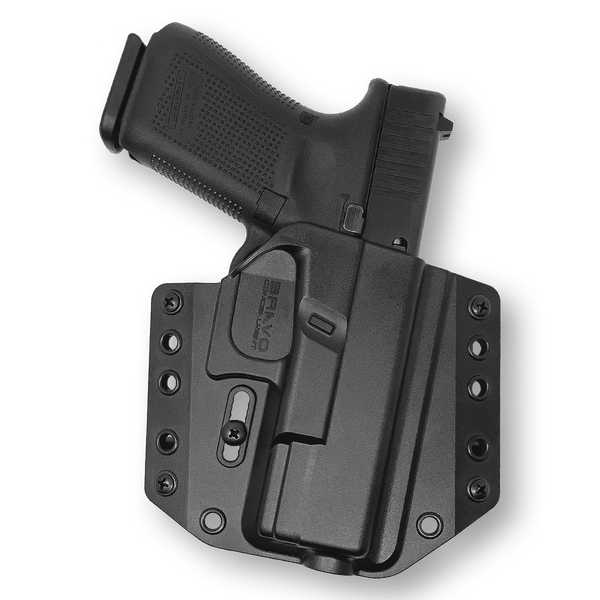
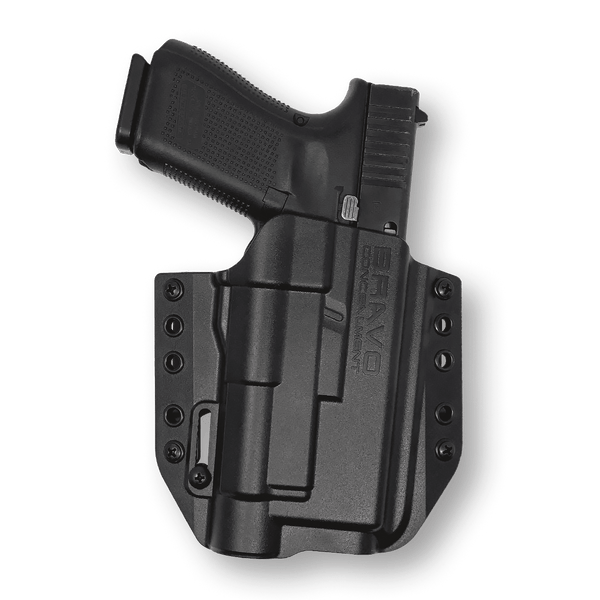
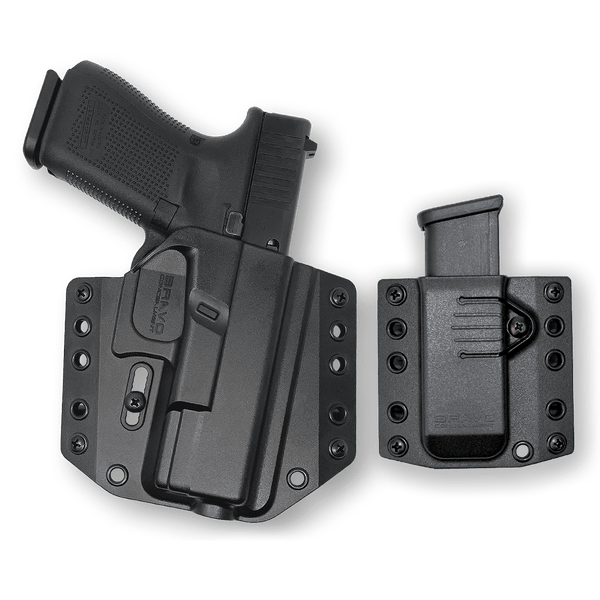

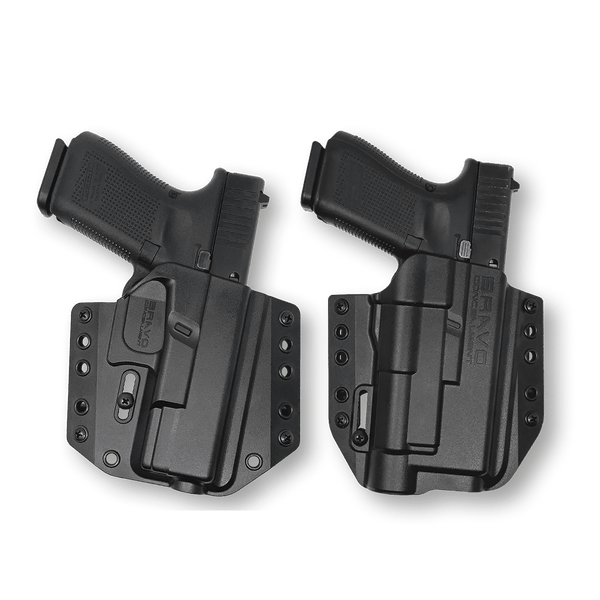
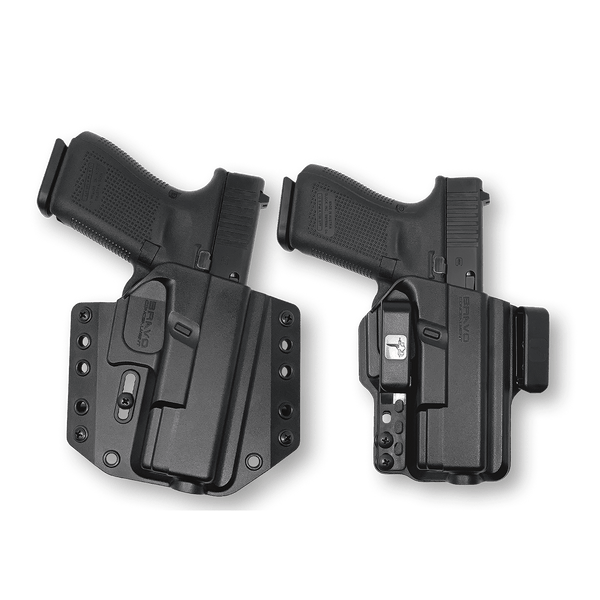
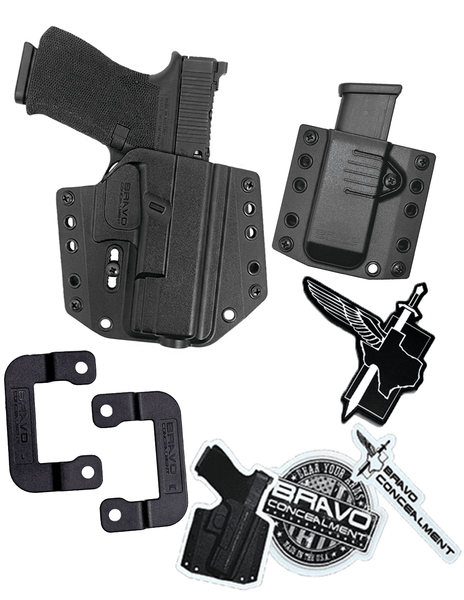
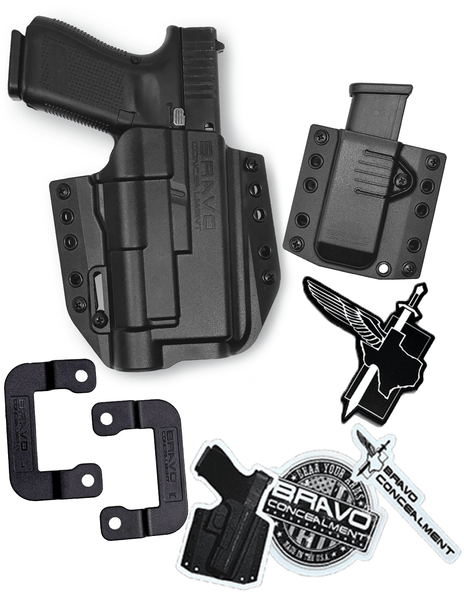
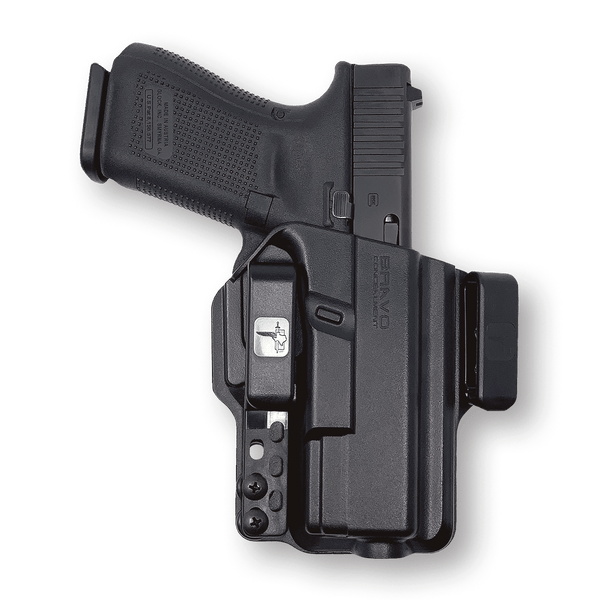
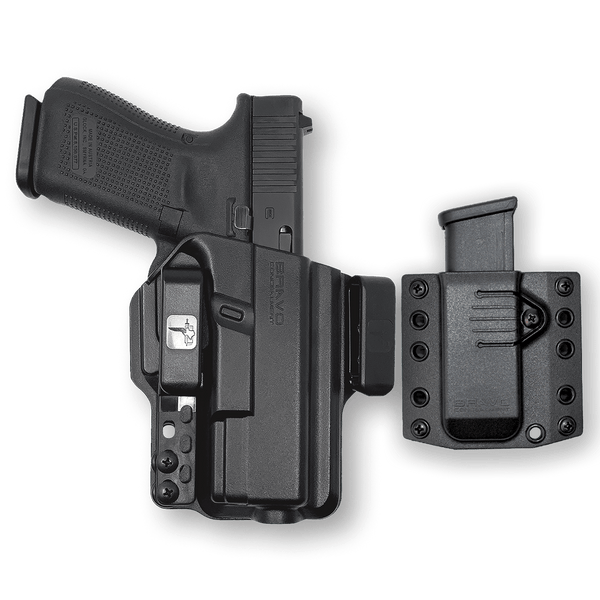
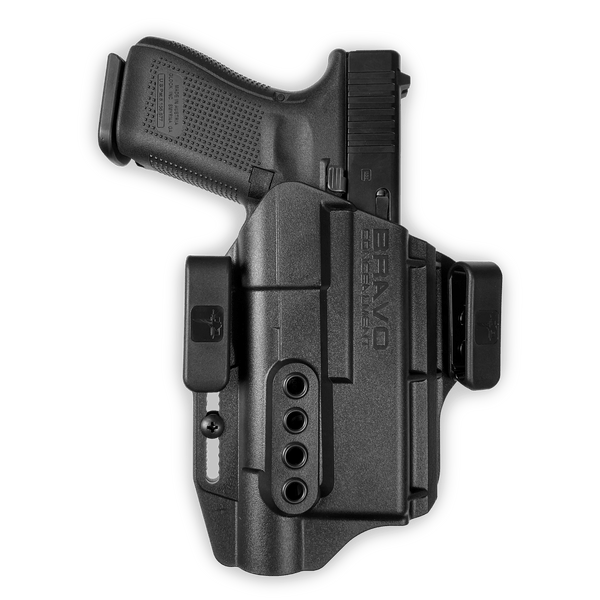
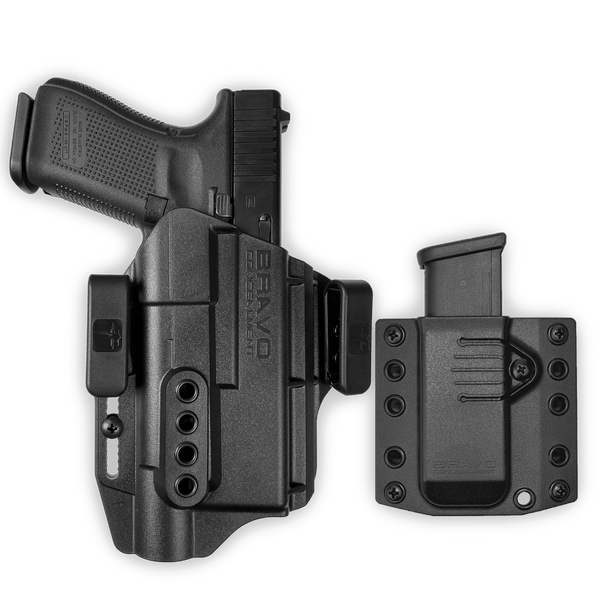
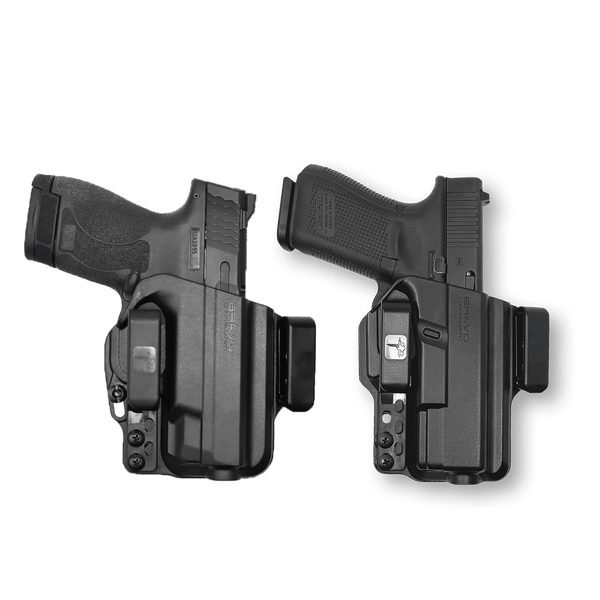
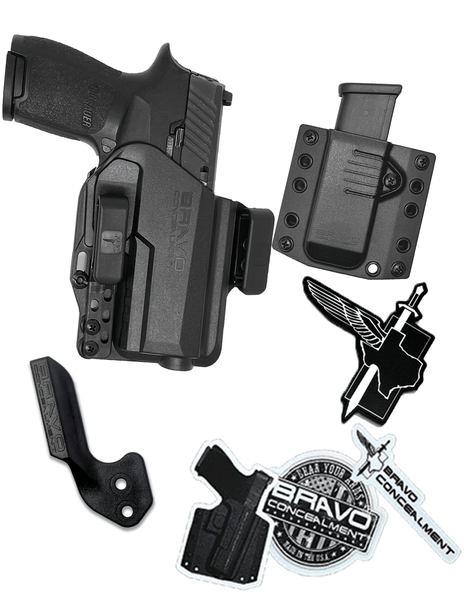

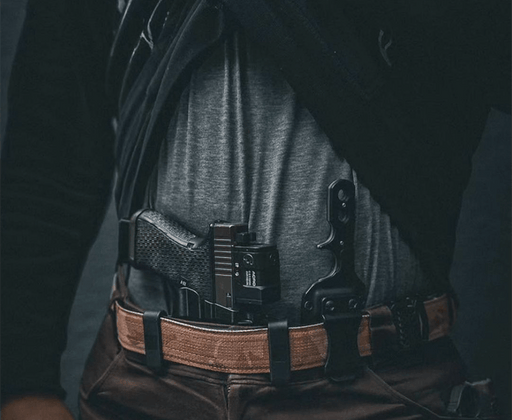
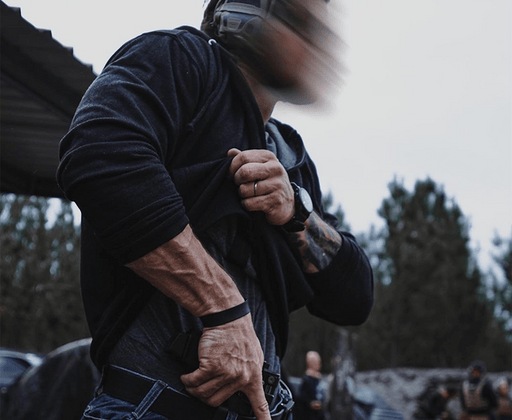
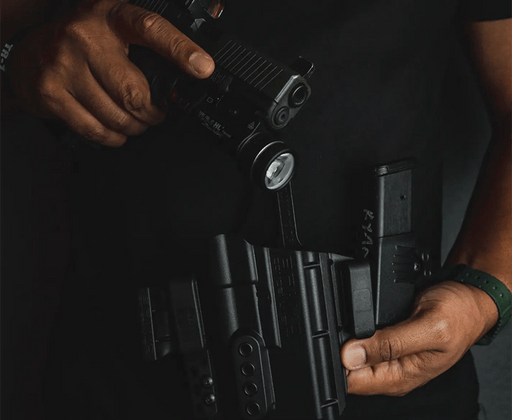
Leave a comment
3 comments
Thanks Will Russell for the heads up on the .38 Super. I don’t know what I was thinking.
It’s awesome that you conceal a full size 1911!… In one of our holsters!
The original 1911 design was in 38 ACP not 38 Super. The 38 super was designed in the 1920 to defeat the heavy steel doors and body of cars of the era. The high velocity round with leas surface area penetrated much better than the slow and heavy 45 ACP.
Also many people including, my self carry full sized handguns concealed. I run either a Glock 17 gen 5 or Glock 20.
I actually run them in holsters I got from you in the past!
When are we going to see a 4 In 1911 for the Wilson Combat EDC X9?